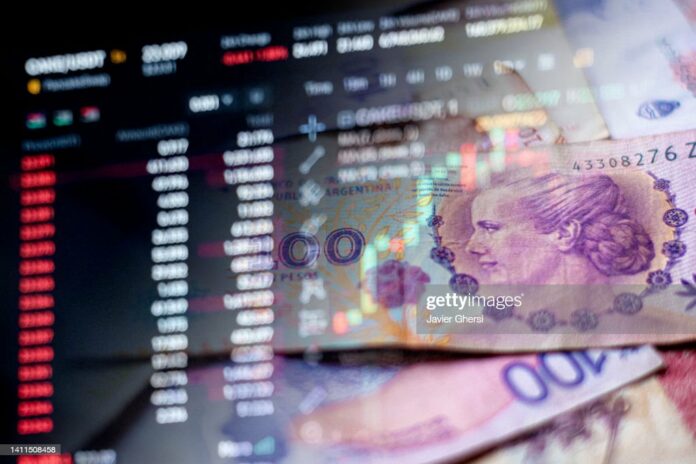News Americas, NEW YORK, NY, Fri. May 5, 2023: Traveling in Argentina, and spending time at a money transfer office might not be at the top of your trip agenda. However, it’s a very common pastime in the country and, given the behaviour of some of the local market exchanges, it might not be a bad idea either. With Internet access, online applications, and amazingly fast services providing money transfer, using money transfers to provide extra money for one’s own needs in-country is actually a very practical idea.
The fact of the matter is, utilizing the regular banking system in Argentina is just asking to pay a lot of unnecessary fees for moving money from one bank at home to an Argentinian bank in-country. Even the use of an ATM automatically adds on extra bank transfer fees, some which can literally take big bites out of small money transfers.
Much of the problem is associated with Argentina’s inflation rate. The country has a long history of hyperinflation, and the current status isn’t much different. So, exchanging home currency with the banking system can literally leave good money on the table as well as being stuck with a value that becomes useless in local buying power overnight. To address this issue that can’t seem to be resolved in official channels, the country’s businesses and citizens have instead gone and created substitute exchange markets instead to retain value. How big is the difference? An official exchange rate would pay 190 Argentinian pesos to the U.S. dollar. The unofficial market exchange would pay 380 pesos. That’s 100 percent more buying power in-country from one to the other.
Now, normally, a tourist coming into the country would not have access to the other option, also known as the “blue dollar” market. Further, any use of banking tools like ATMs will pay out a lower rate as well, effectively pocketing the extra value and not passing it onto the tourist. The same applies to credit card exchange rates, which also go through banks behind the scenes.
Fortunately, money transfer services like Ria and Western Union work with the local active exchange rates, not the lower banking version. The payout at the office desk will be a higher value, commensurate with the local economy and market demand.
For those who remember, Argentina had extremely high inflation, in the hundreds of percentages in the 1970s and 1980s. Even as of last year, the country’s inflation rate was still a whopping 95 percent. In comparison, most groups and interests in the U.S. begin to talk about worries of recession when the American inflation rate gets close to 10 percent. Given the fact that earning power erodes so quickly in-country, far more stable currencies like the dollar and euro are in high demand. However, to the unsuspecting tourist, one might as well be giving away their travel money with the official bank exchange rates.
While one might stop and ask if using a non-bank exchange is an issue, everyone, including the government, wants to see U.S. dollars and European euros coming into Argentina on a regular basis. So, “blue dollar” markets are tolerated and allowed, even if not official, to preserve and protect savvy larger movers of money. While there will always be the unfortunate tourist who uses the official exchange unknowingly, that’s a cost of maintaining appearances at the expense of the tourist and to the benefit of the country’s banking system.
So, if you’re in Argentina and you see an office with a sign or an Internet site that says, “aplicación para enviar dinero al extranjero,” consider it a gateway to a fairer value exchange into Argentinian pesos, especially for smaller exchange amounts and money transfers. Working with anything else in Argentina is simply nonsensical and a waste of valuable financial resources.







